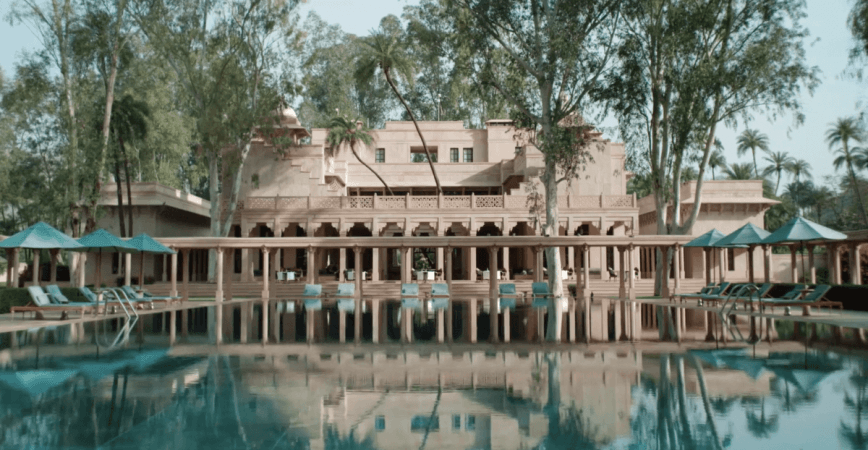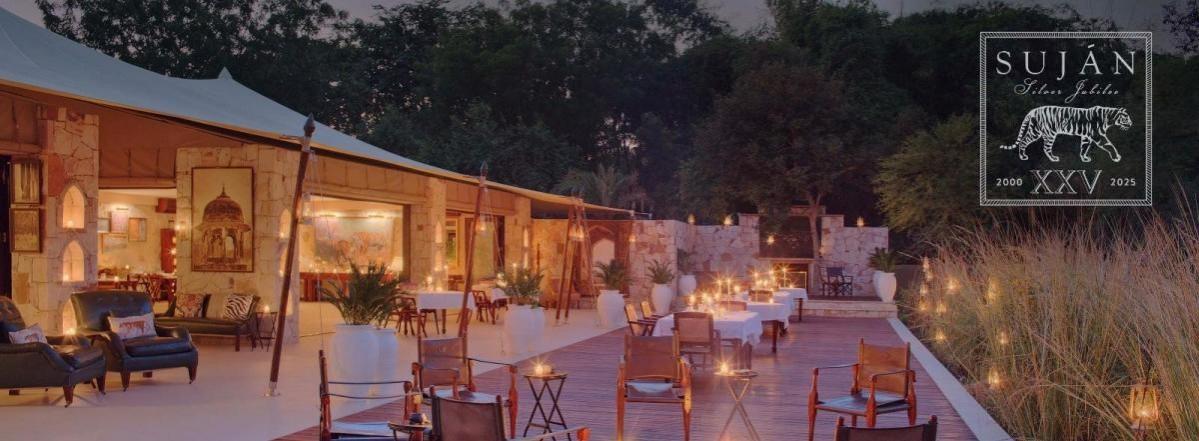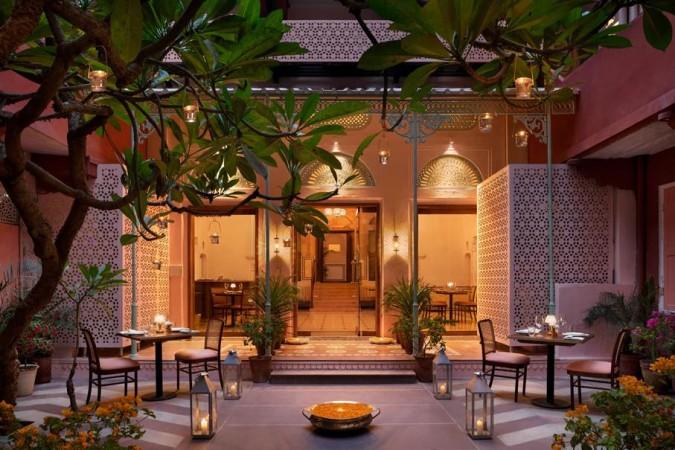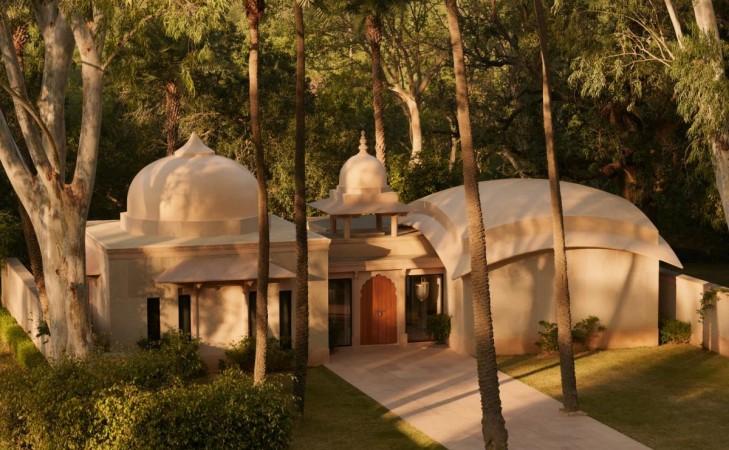
When "The World's 50 Best Hotels 2025" unveiled its 51–100 list, Indian hospitality had more than just a presence; it had a voice. While many names on the list evoke exotic shores or historic European estates, a few Indian addresses stand out as testaments to how deeply vision, place, and purpose are being woven into new benchmarks of luxury.
In this telling, we explore the journeys behind the walls and tent-flaps of India's entrants, how they came to be, who imagined them, and why they're not just hotels but statements.
Suján Jawai: A Wilderness Dialogue with Luxury
If there is one Indian property that has captured global attention in recent years, it's Suján Jawai, a poetic counterpoint to palace stays, nestled in the rugged granite hills of western Rajasthan. In the 2025 51–100 list, Suján Jawai continues to draw acclaim, anchored in a legacy that began with the bold ambitions of its founders, Jaisal and Anjali Singh.
Jaisal and Anjali envisioned something different: not a fortress of seclusion, but a place of intimate immersion with wilderness, community, and design. The camp itself is stripped of pomp but rich in soul, with rock suites clinging to nature's contours, pathways that lead into the wild, and light that fades gradually under open skies.

Here, luxury is quiet, private verandas open to starlit landscapes, cuisine drawn from the land and local farms, and conservation that feels more lived than curated. Guests track leopards, walk with Rabari tribes, ride Kathiawari or Marwari horses, or simply breathe in the wilderness.
What makes Suján Jawai game-changing is its refusal to treat nature as a backdrop. Its ethos unites design, ecosystem renewal, community upliftment, and storytelling. The result? A stay that resonates, lingers, and challenges what luxury in India can be.
The Johri, Jaipur: Heritage Reimagined in the Pink City
Moving from wilderness to cityscape, The Johri in Jaipur stands as a compelling counterpoint. Ranked No. 93 in the 2025 list, it is a gentle yet powerful assertion that boutique heritage hospitality still has deep room to evolve.

Housed in a restored 19th-century haveli in the heart of Johri Bazaar, the hotel is conceived as a narrative in gems. Each suite, Manek (ruby), Neelam (sapphire), and Moti (pearl), carries not just a name but a color story, texture, and character. The design was led by Naina Shah, a New York-based designer with Indian roots, who layered rich references to Jaipur's craft, materiality, and textile traditions.
What's exquisite about The Johri is how it wears its context on its sleeve. You cross a narrow bazaar path and enter an inner courtyard that unfolds into calm. Local artisans' work, regional patina, and design touches that nod to gem lore make it more than a hotel; it's a living museum of place.
In a world where "heritage hotel" sometimes becomes nostalgic pastiche, The Johri leans forward: a telling that heritage isn't about freezing but about renewing in respectful, unexpected ways.
Amanbagh (Rajasthan): Quiet Grandeur in the Aravalli Hills
Though not as high-profile in media chatter, Amanbagh (near Alwar, Rajasthan) continues to uphold quietly powerful standards of retreat-style luxury. Ranked No. 100 in the 2025 list, it leans on the Aman philosophy of understatement, space, and harmonizing with nature.

Amanbagh's architecture is Mughal-influenced but disciplined, with domed pavilions, gardens, and vaults. Its guest experience is one of silence and slow time. In a country where the default often leans toward spectacle, Amanbagh still reminds us that impact can emerge from calm, control, and curation.
It's inclusion in the world list, at place 100, signals that Indian landscapes (not just urban or palace tropes) are now viable canvases for global-level retreats.
The Threads That Tie These Properties Together
What's remarkable is how different these three are, yet how they mirror the evolving ambitions of Indian luxury hospitality. Their common DNA:
- Place-forward storytelling : each property is deeply rooted in its landscape, ecology, culture or craft, so that the guest feels beyond the four walls.
- Intentional scale : none of them compete on volume. They all resist resort sprawl, choosing fewer rooms, deeper service, and more space for breathing.
- Innovative heritage and design : the past is not repeated, but reinterpreted. Be it a haveli revival (The Johri), a Mughal whisper (Amanbagh), or tented rock suites (Suján Jawai).
- Meaning beyond stays : whether conservation, local partnerships, or community benefit, these hotels are not passive observers but active participants in their regions.
India's hard-won place on the global "best hotels" list is not a tribute to nostalgia. It is evidence that the country's luxury sector is reinventing itself from the inside out and signaling to the world that India is not only a destination but now also a curator of global benchmarks.













